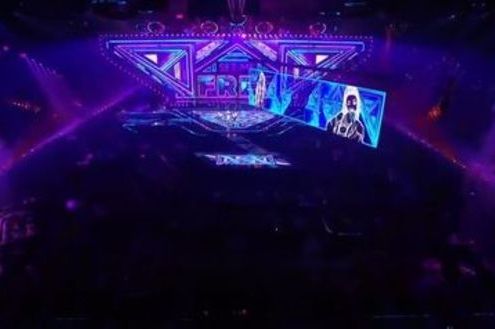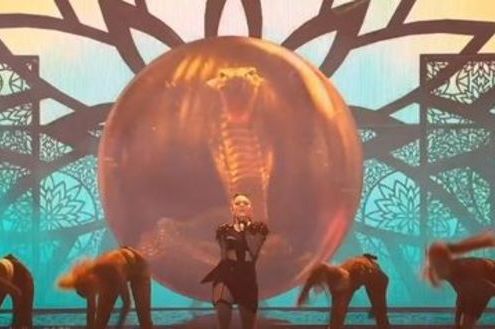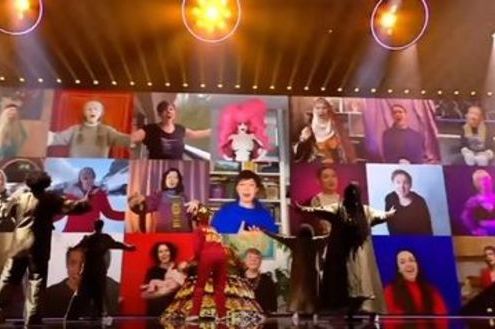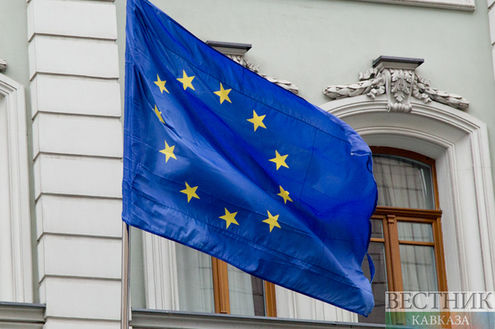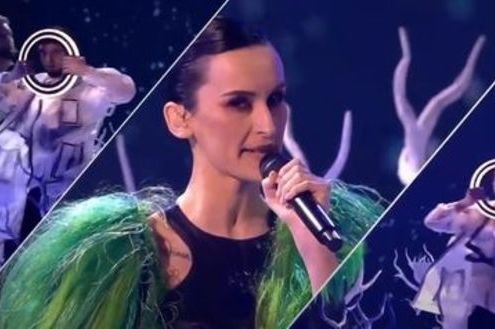After art shows in Moscow have been doused in urine, covered in red paint and picketed by conservative activists, one curator has set up a new exhibition in a remote observatory 900 miles from the Russian capital. The show, featuring work from seven Russian and three Austrian artists, is “a classic contemporary art experience,” explains curator Simon Mraz. So contemporary that a cleaner almost threw away one of the paintings after mistaking it for rubbish.
The 10 artists visited the 1960s observatory in Nizhny Arkhyz, perched in the mountains of the Karachay-Cherkess republic this summer to learn about astronomy. The observatory founded in 1966 as the space race was hotting up between the Soviet Union and the US and its six-metre diameter telescope was the largest in the world until 1993 when the US built a bigger one in Hawaii.
As part of the show Irina Korina, a Moscow based-artist, created three installations in the nearby village, whose name translates as “Science Village” to show that for the local residents science is religion.
The rest of the exhibit, which opened last week, is a broad mix of art rarely shown in the remote region. From Eva Engelbert’s space emblems, created in honour of Galina Balashova the only female architect in the Soviet space programme.

To a neon installation above the observatory reading “they are brighter than us”created by provocative graffiti artist Timofei Radya from Yekaterinburg and only visible to night time visitors.
“When they first proposed [the exhibit] we were wary,” said Yury Balega who ran the observatory for more than 20 years, but it turns out “artists and astronomers have a lot in common”.
But some were left questioning whether the artists truly understood the complicated work of the observatory and what it had managed to achieve. Yevgeny Chentsov, who has worked at the observatory since 1968, described the art as “naive and childlike,” which he meant as a compliment adding that astronomers have a similar approach to their work. And it was Austrian artist Michail Michailov’s drawing of dust – which was meant to represent the particles the astronomers look at through the telescope – that was nearly thrown away after being mistaken for dust. An incident brushed off by Mraz as “the risk of contemporary art.” Mraz would not say exactly how much it cost to put on the show, but he did say that hosting something similar in Europe would cost around €100,000.

A sizeable sum for an exhibition was only seen by a very small audience, 800 residents of the village and the handful of press that attended the opening, but Mraz believes that it still had an impact. Not only can art help people working in different professions understand each other better, but it can help us “understand what our country is about.... [especially] in times when politicians are getting crazy,” he says.
The curator who has also hosted an art exhibition on an icebreaker in Murmansk , north west Russia, says that in a way remote locations are easier than Moscow: at least “nobody was touching it [and] nobody was destroying it.”

